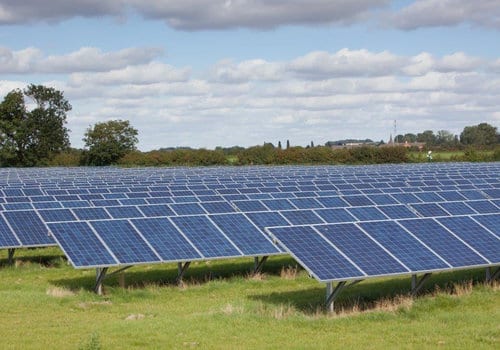Friday, May 26, was a beautiful late spring day in the UK. All that sunshine led to the nation breaking a solar power record for the second time this month. Total solar power generation amounted to 8.7 gigawatts or 24.3% of demand for a period of time (midday). The previous solar power record for the UK was 8.48 gigawatts set earlier this month.
The record amount of power from sunlight helped to make ~60% of the electricity on the grid at that time from low- or zero-carbon sources — wind, solar, and nuclear.
Solar providing over 20% of British power right now and not far behind gas. That’s unprecedented! 60% low carbon at lunchtime. Amazing! pic.twitter.com/qWr9ykY7Oe
— MyGridGB (@myGridGB) May 26, 2017
In the US and Australia, energy advocates with a political ax to grind allege that too much renewable energy dangerously destabilizes the electrical grid, but the UK grid operator, National Grid, said it was unfazed by the challenge of accommodating “significant volumes” of renewables.
Duncan Burt, who manages day-to-day operation of the grid, said: “We have planned for these changes to the energy landscape and have the tools available to ensure we can balance supply and demand,” as reported by The Guardian.
He said sunny weather over the British Isles this time of year is “really predictable, so easy to plan for,” and that the grid could handle a far greater proportion of solar power because it would allow natural gas generating facilities to be ramped down.
Robert Gross of Imperial College said: “This doesn’t pose a fundamental problem for the grid. Many sunnier countries manage a similar proportion of solar on a much more regular basis.”
Hannah Martin, head of energy at Greenpeace, told The Guardian, “Today’s new record is a reminder of what the UK could achieve if our government reversed its cuts to support for solar, and backed the clean technologies that could provide jobs, business opportunities and plentiful clean energy for decades to come.” Indeed.
Even though the national government has reduced solar power incentives significantly, it is now at a point where it can more than compete against coal, natural gas, and nuclear facilities without incentives. The clean power revolution is now absolutely unstoppable.
Source: CleanTechnica. Reproduced with permission.











